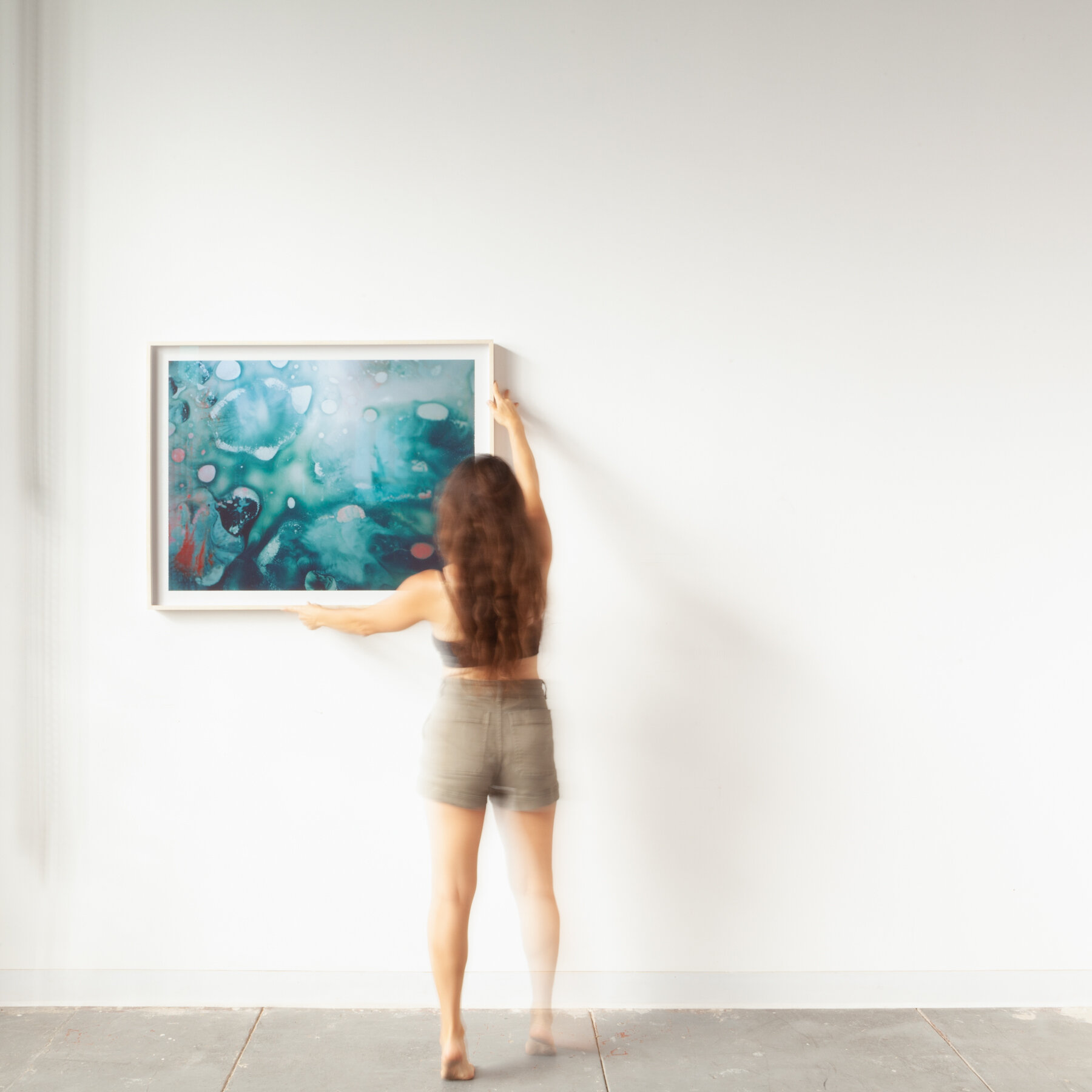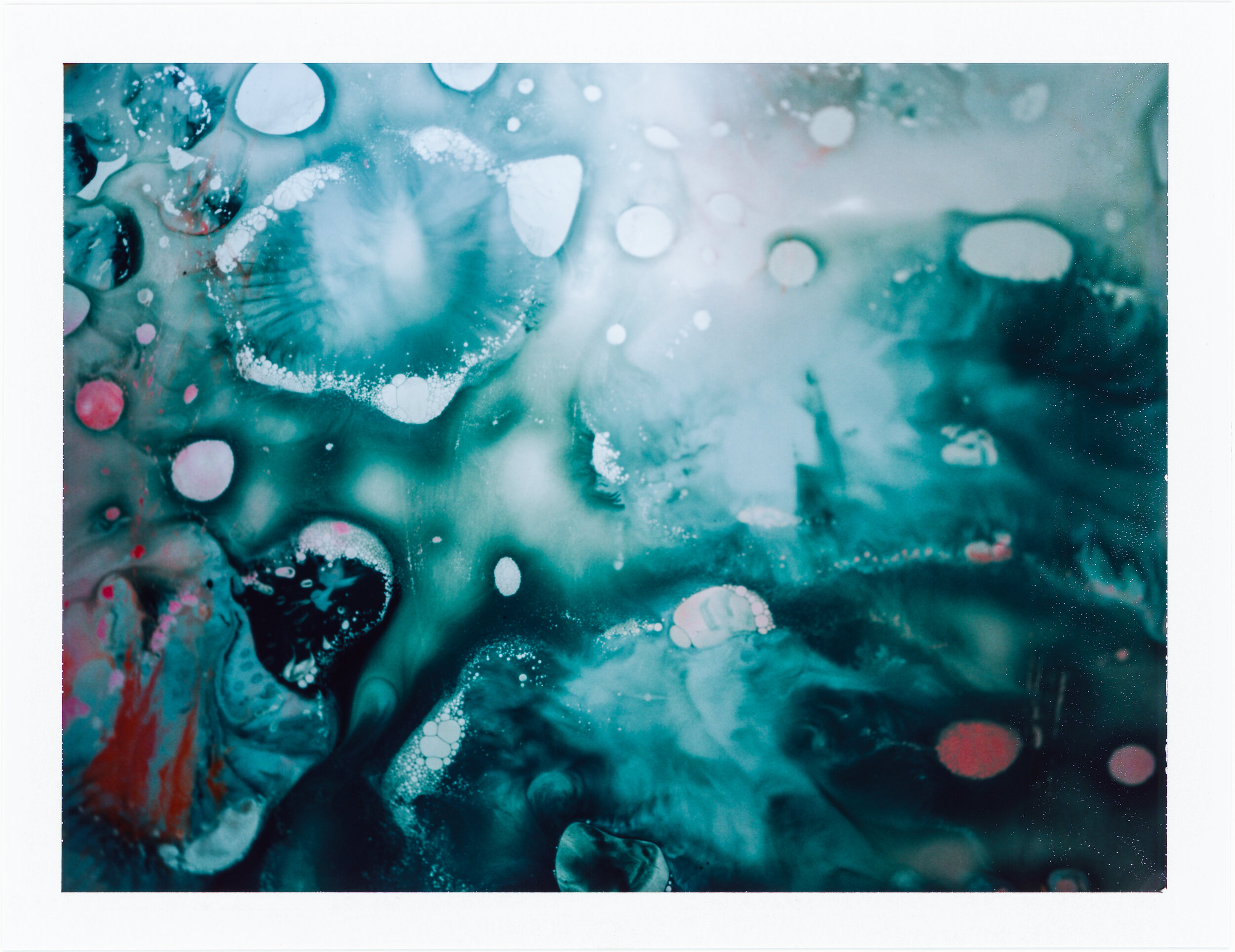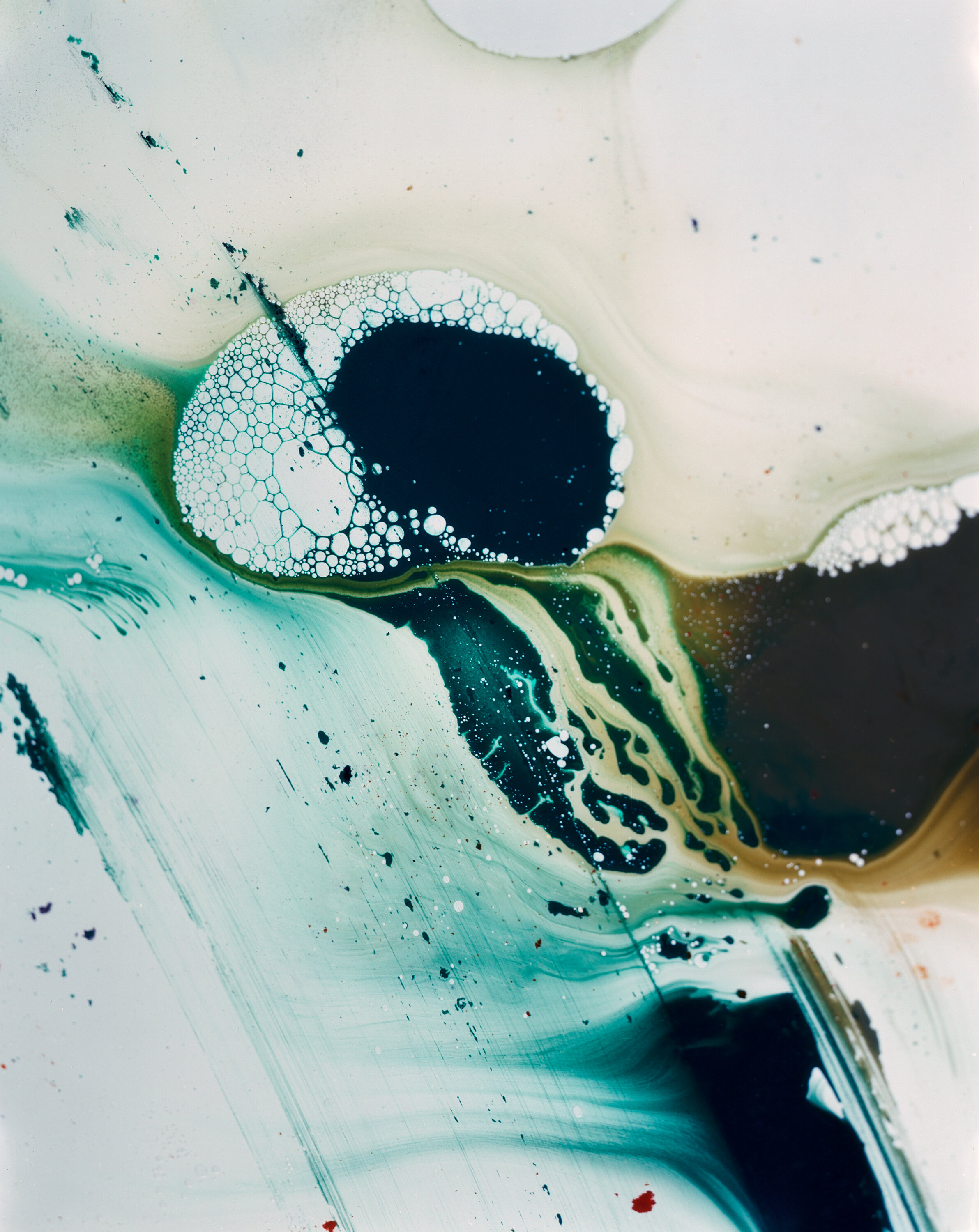
Colorwash Series, 2017-2021, ongoing
A series of temporary paintings, made between layers of acetate, and documented with analog sheet film and a 4x5 large format camera.
(scroll down for images and project information)


17-CW100, 2017, 50x40 in

18-CW228, 2018, 44 x 55 in

17-CW87, 2017, 40 x 50 in

17-CW82i, 2017, 30 x 39 in

18-CW175, 2018, 50 x 40 in

17-CW77i, 2017, 30 x 39 in

19-CW5368, 2019, 50 x 40 in

18-CW206, 2018, 40 x 50 in

18-CW239, 2018, 40 x 50 in

17-CW131, 2017, 40 x 50 in

17-CW101, 2017, 40 x 50 in

17-CW04, 2017, 50 x 40

17-CW10, 2017, 50 x 40 in

19-CW5326, 2019, 50 x 40 in

19-CW6004, 2019, 40 x 50 in

19-CW6017, 2019, 28x28

19-CW5333, 2019, 40 x 50 in

18-CW163, 2018, 18 x 30 in

18-CW163, 2018, 40 x 50 in

17-CW9i, 2017, 4 x 5 in

19-CW5367, 2019, 50 x 40 in

19-CW5351, 2019, 50 x 40 in

19-CW6019, 2019, 50 x 40 in

19-CW6023, 2019, 50 x 40 in.

18-CW3054, 2018, 50 x 40 in

18-CW1002i, 2018, 4 x 5 in

17-CW144, 2017, 50 x 40 in

18-CW5156, 2018, 40 x 50 in

19-CW5305, 2019, 50 x 40 in

18-CW4053, 2018, 50 x 40 in

18-CW4052, 2018, 50 x 40 in

18-CW5063, 2018, 40 x 50 in

18-CW5063, 2018, 50 x 40 in

19-CW6011, 2019, 50 x 40 in
Colorwash Series, 2017-2021
“But there is another kind of seeing that involves a letting go.” — Annie Dillard, Pilgrim at Tinker Creek
THE COLOR WASH SERIES —and its twin the Reflections Series—began rather unceremoniously in my studio. In cleaning my monoprint plates, I found myself delighted by the sudden wash and mutable beauty of the colors and disappearing gestures, so reminiscent of the colors that an automatic carwash throws on your windshield. There’s real optical delight in watching something as carefully-rendered as a mono print plate disappear into some other kind of serendipitous beauty.
I did not set out to make ephemeral paintings, but by the time I began this project in earnest, I had nowhere to store work and I was resolved to making work in my yard [the parameters birthed the project, as is so often the case]. Everything needed to be set up daily, created, and cleaned by nightfall. So I began making disappearing paintings, between layers of acetate and documented them, using analog film and, almost exclusively, a 4x5 camera.
It became a way of exploring abstraction, and the primal experiences of color. I was amazed at how the simplest gestures could evoke monolith, mountain, sea, sky, or an emotion. I began working in seemingly-opposite, surprisingly-compatible twin modes of making (I myself am a fraternal twin in a family of twins; finding the overlap in things is practically a family business). I am meticulous in mixing my colors and making the gestures I lay down, but there’s a deep surrender in how the second layer of acetate and gravity and the other elements will alter the work. Sometimes I work with many layers of painting and acetate, creating stratigraphies. This collective way of working exists in the overlap of serendipity and devotion, the ephemeral and the archived. It lives in a common ground between painting and photography, the abstract and the absolutely real, a kind of magical naturalism.
I am rigorous in documentation and I let myself make photographs of my paintings—I focus selectively with the large format view camera; I use the camera movements; I choose my perspective; I chase the brief animation of each piece. I work quickly with the plodding camera and I hold my breath, pursuing even one exposure before a painting can slide clear down the acetate or before wind—or a tug of the dog’s leash—can topple the work.